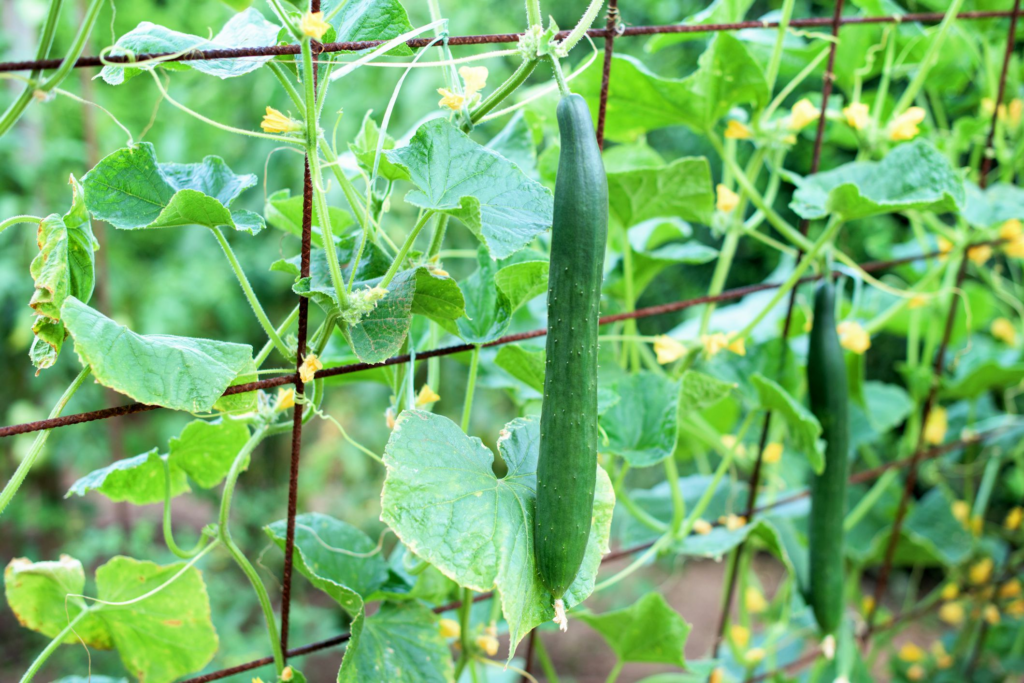If you’re anything like us, you’re probably feeling the full weight of climate change anxiety. Yep, it’s tough to hear about melting ice caps, raging wildfires, and bleaching coral reefs without feeling a tad hopeless. But what if we told you there’s something we could all do that’s fun, positive, and can actually make a difference? No, we’re not about to suggest you single-handedly reverse global warming (we wish), but how about we talk about how people across the world are making a difference by gardening against climate change?
Wait, what? We hear you saying. “Gardening? How can my little patch of spinach and carrots possibly save the planet?” Yes, you read that right. Not only will your new hobby make your mom proud with your newfound love for veggies, but they can also help save the planet. “But wait,” we hear you say, “I don’t have any land!” Worry not, friend. We’re going to get to that.
The first thing to know is that our current food system is a bit of a climate villain. The transportation, packaging, and waste associated with getting that avocado from Mexico to your brunch plate in New York is hefty. That’s where food gardens come in. When you grow your own food, you dramatically reduce the carbon footprint of your meals. Fewer miles traveled means fewer greenhouse gases. Plus, no packaging, no waste. It’s a win-win.
But there’s more to it. Did you know that soil is a massive carbon sink? That means it can store a whole lot of carbon that would otherwise end up in the atmosphere. By gardening, you’re actually sequestering carbon right in your backyard (or windowsill or community plot—more on that later).
Now let’s address the elephant in the room. Land—or lack thereof. Many of us are living in apartments, condos, or houses with little to no space for a garden. But where there’s a will, there’s a way.
1. Container Gardens
First up, container gardening. You’d be surprised at what you can grow in pots on a balcony, patio, or even a windowsill. From tomatoes and lettuce to herbs and chilies, container gardening is a great way to grow your own food in a small space. All you need is a pot, some soil, seeds, and sunlight. Easy peasy.

2. Vertical Gardens
Second, we have vertical gardening. No space on the ground? Go up! Vertical gardens can be as simple as a trellis with climbing cucumbers or as complex as a wall of herbs. The sky’s the limit! (Well, your ceiling, but you get the idea.)

3. Community Gardens
And if you’re still thinking, “Nope, can’t do it, not a spot of green in sight,” then check out community gardens as a third option. These shared spaces are popping up in cities around the world, offering plots to grow your own veggies and the chance to connect with fellow green thumbs. Not only can you reduce your carbon footprint, but you can also build community resilience and make new friends.

Starting a food garden might seem daunting, but trust us, it’s worth it. And don’t worry if you don’t have a green thumb. There are tons of resources out there to help you get started, from YouTube tutorials to local garden clubs.
In the face of climate change, it’s easy to feel like you’re just a tiny pebble trying to create ripples in a massive ocean. But remember this: every ocean, every sea, every pond is made up of countless tiny drops of water. Just like those water drops, every single one of us can make a difference. Our collective actions, no matter how small they might seem, can add up to a powerful force for change.
So why not dust off those gardening gloves, dig out that old pot you’ve been meaning to use, and start planting some seeds of hope for a greener, healthier future? It might be just one small step in your daily routine, but it’s one giant leap for mankind in the fight against climate change. Mother Earth will thank you!





